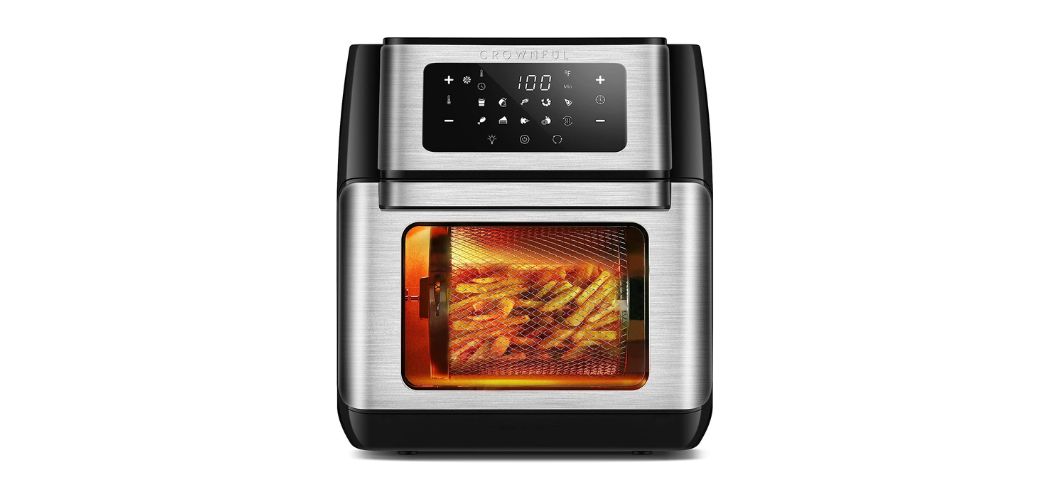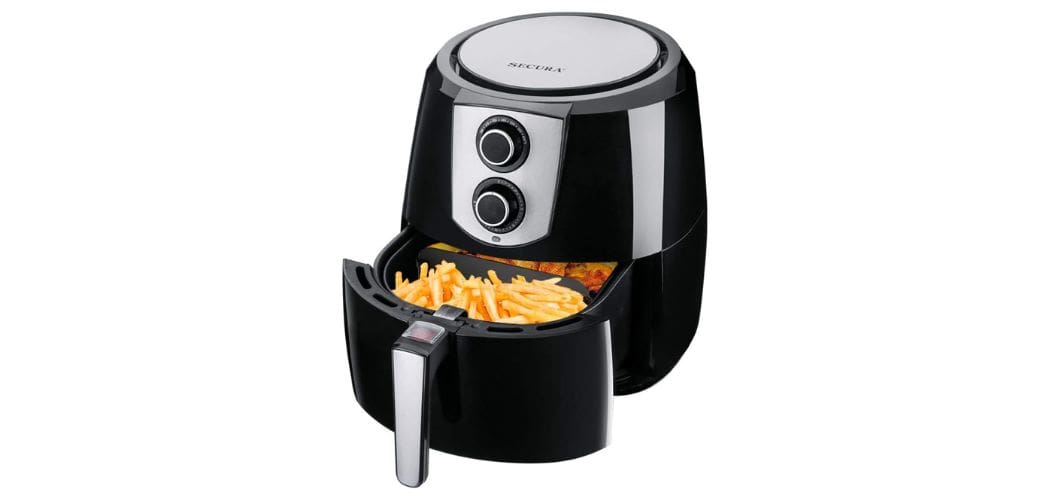Have you ever smelled that strange odor in your kitchen? It may be your dishwasher. If this happens to you, you may have to understand how to unclog a dishwasher drain.
But how does a dishwasher get clogged? If dishes aren’t washed in the trash disposal before being put in dish racks, the dishwasher might get clogged with filth.
Food blocks the drain, resulting in stagnant water in the dishwasher’s base.
It may also cause decomposed food particles to stick to the machine.
But wait, there are several strategies to overcome this issue.
Read on to know effective ways to clean your clogged dishwasher drain and save yourself some severe plumbing money.
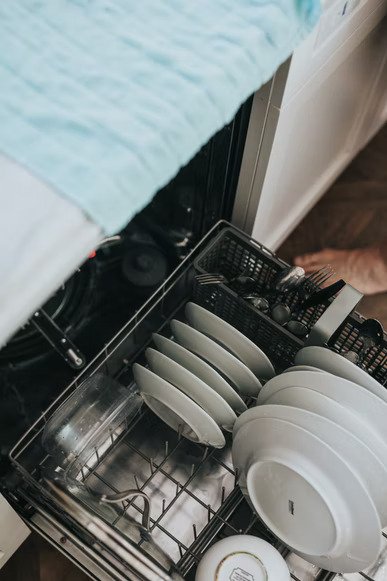
Table of Contents
How To Identify A Clogged Drain?
- You Can Hear A Choking Noise:
Whenever your dishwasher is running, unusual gurgling, rattling, or pounding noises might indicate that water is trying to seep through a blocked area in your primary sewage line.
- Water Is Backing Up:
The sewage network in your kitchen is linked to your dishwasher. Your dishwasher probably has a blockage if water starts blocking into your sink while it’s running.
You can rule out a blockage if you run your waste chute while turning off the dishwasher. It’s conceivable that the issue is food stuck in the drain, in which case your dishwasher isn’t to blame.
- Slow Drainage:
If you see water accumulating at the base of your dishwasher or even in your sink, there might be a clog or partial obstruction in your kitchen sewage line.
Clear the partial obstruction as quickly as possible to unclog it and avoid a more expensive issue.
- Water Leftover In A Dishwasher:
After a wash cycle, if there is still water in your dishwasher, it suggests it isn’t draining correctly. This is due to clogged drains caused by leftover food.
Inspect and wash the drain tray in your dishwasher. If this doesn’t solve the drainage issue, you may have a blockage in your drains.
What Are The Ways To Clean Your Dishwasher Blockage?
1st Method: Drain Filter Maintenance
Step 1: Clean the filter area with a moist cloth to remove debris. Eliminate any waste production or dirt accumulated in the dishwasher’s bottom compartment. Wipe the filtering screen and collect the basin down with a wet towel.
Step 2: Remove the filter by unscrewing it. Visit your owner’s handbook for detailed guidance on uninstalling the filter from your dishwasher.
Four studs usually join the filter. You’ll need to dismantle the dishwasher’s bottom shelf to get to the filter.
Step 3: Take out the filter screen and clean it. Remove any oil or dirt clinging to the filter by rinsing it with fresh water in the basin.
The dishwasher will not discharge correctly if the filter is blocked, and your plates will not be spotless.
Alternatively, you might clear any particles from the filter using a wet vac.
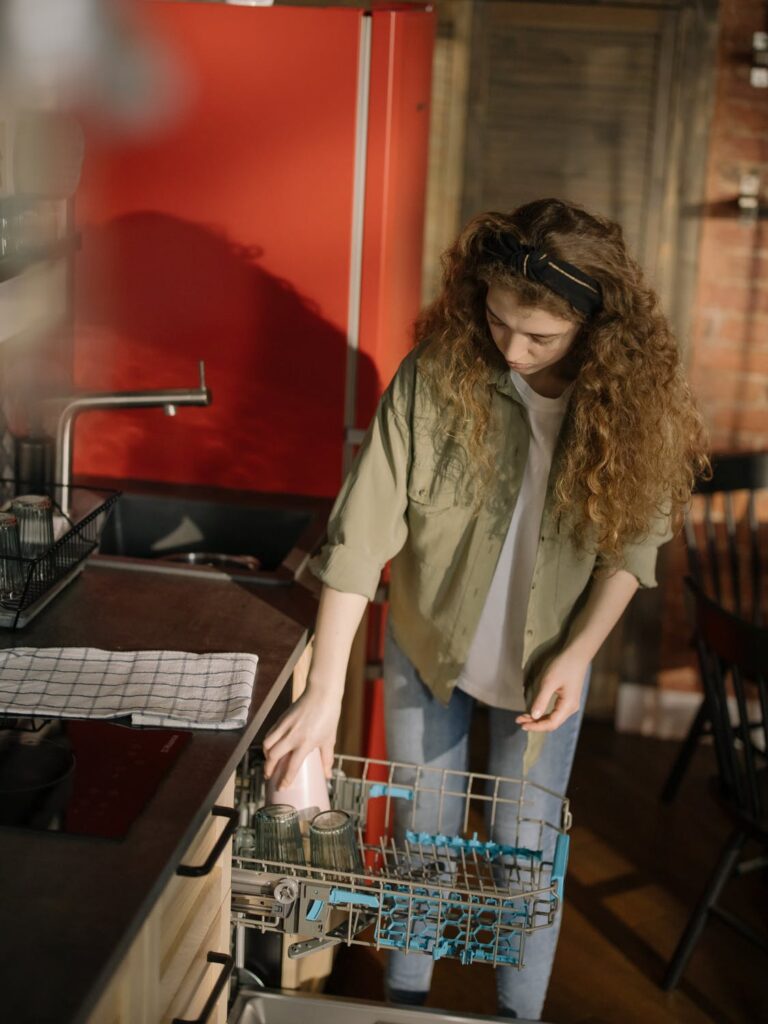
Step 4: Connect the filter again. Using a screwdriver, reattach the filtration screen to the dishwasher after thoroughly cleaning it. Before clamping down, make sure they’re all in position.
If you drop a nut in the dishwasher’s bottom, you won’t have to remove all the bolts to get it out. If you want to clean your dishwasher filter effectively then make sure to read our thorough article on it.
2nd Method: Taking Care Of The Drain
Step 1: Disconnect the dishwasher’s bottom shelf. You must remove the bottom rack from the dishwasher to unblock the drain.
You’ll be able to get to the drain, collecting basin, and filtration this way. Before working on the dishwasher, turn off the electricity.
Step 2: Remove the drain trap and filters by unscrewing them. Using a screwdriver, disconnect the drainage catch and filter, usually found in the middle of the dishwasher’s bottom. You can identify and replace the filter by consulting your owner’s handbook.
Step 3: Remove the blockage using a bent wire hanger. You should be able to look down the drain after the filter and drainage catch have been withdrawn.
Using a twisted wire hook or an auger, clear any obstructions from the drainage.
Step 4: Pour baking powder and vinegar into the drain. You may flush the drain with a baking salt and vinegar combination to eliminate any remaining debris, oil, or gunk. Ideally, the mix of 1 tbsp baking soda and 2 tbsp vinegar will work.
You may also use a professional cleaning solution, but these include harsh chemicals that might stay in your washer for a long time.
Step 5: Allow 10-15 minutes for the combination to rest in the dishwasher. You will break up any obstructions in the drain with baking soda and vinegar.
Pour boiling water through the chute after 10-15 minutes to remove the combination and any leftover particles.
Step 6: Connect the washer and operate it through a regular cycle after the drain has been unclogged. Water should no longer collect at the dishwasher base now that it is draining correctly.
3rd Method: Keeping The Dishwasher Clean
Step 1: Before each usage, run your waste disposal. You may also take preventative measures to keep your dishwasher drain from becoming blocked. The dishwasher and the kitchen sink have the same trough.
If your cooking sink clogs, your dishwasher may get backed up. As a consequence, before using your dishwasher, run your waste disposal. This will assist in cleaning the drain and increase the efficiency of your dishwasher.
Step 2: Before putting food in the dishwasher, scrape it off. Significant food bits stuck in the screen or drain might block your dishwasher drain.
Eliminate the leftovers from your plates before putting them into the dishwasher to avoid this.
Remove any food leftovers that may stick to your containers. This may assist in keeping your dishwasher clean and clear of clogs.
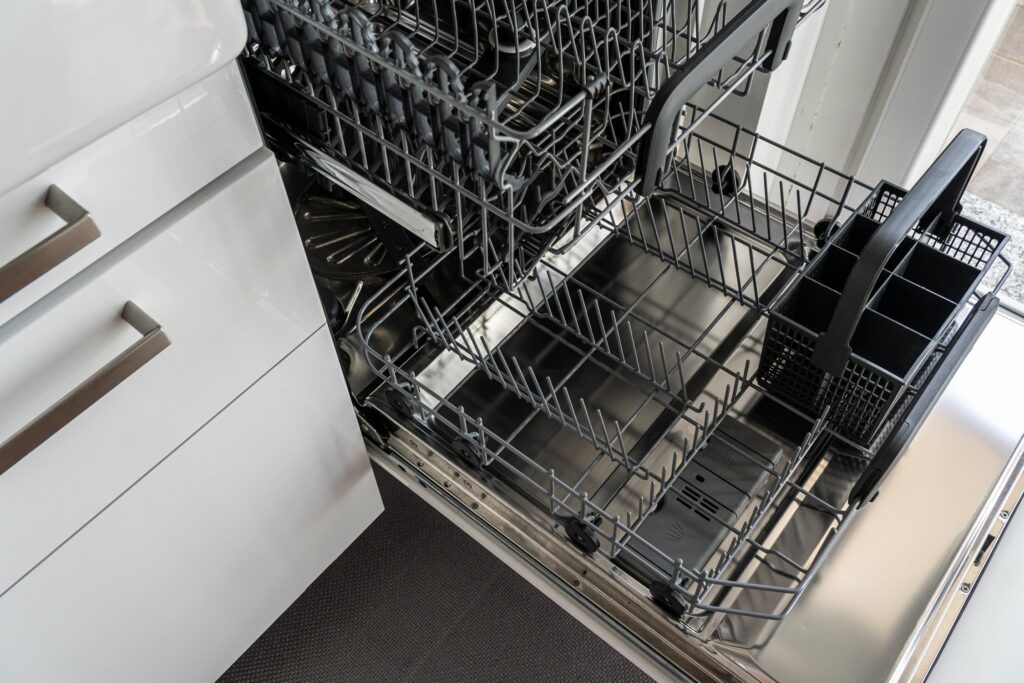
Step 3: Do not over-rinse your dishes. Although removing big food particles from your plates before filling the dishwasher is a good practice, you should not immerse or pre-wash them. A little oil works well in the dishwasher.
The soap will froth throughout the washing cycle if there is no oil or filth, which may be detrimental to the machine.
Step 4: Before each usage, make sure your dishwasher is fully loaded. Dishwashers may sometimes get blocked as a result of excessive usage.
By only running your dishwasher when it is complete, you may save money and extend the life of your dishwasher. You should not use partially loaded dishwashers.
FAQs
Can I Clean The Washer Drain Using Vinegar?
Cleaning your washer with vinegar is the simplest method to keep it in good working order. If you don’t like baking soda, this is the most acceptable option for cleaning a filthy dishwasher.
Using vinegar to freshen up dishwashers every week minimises the need for more intensive maintenance in the future.
What If The Dishwasher Isn’t Draining, But The Sink Is?
Examine the machine’s filter. Remove and clean the detachable filter if your dishwasher has one. Matter and food fragments may obstruct the passage of water.
When Should I Contact A Plumber?
Although DIY plumbing fixes are a terrific way of saving money, specific dishwashing blockages need the assistance of a professional. Call a professional if you don’t have the necessary equipment to remedy the problem.
In Conclusion
To clean the dishwasher drain, use the procedures and advice listed above. They should work for the great majority of dishwashers. If you’re worried, read the handbook that came with your machine.
If not, you can call a local plumber or contact the retailer where you bought your products to help you clean and maintain the dishwasher drain.



